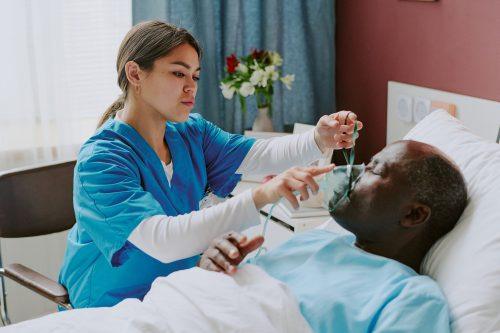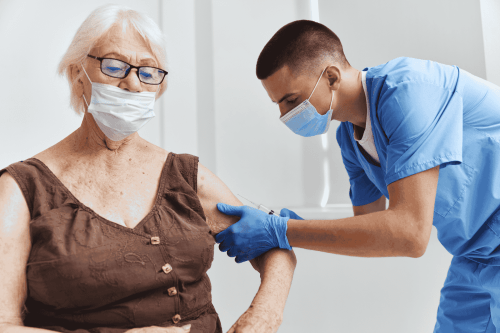As researchers are coming closer to a solution for COVID-19, the anti-malarial drug, Chloroquine, surfaced as a possible treatment for mild to severe cases of the virus. Accordingly, such proclamations by many, including President Trump and New York Governor Andrew Cuomo, immediately caused a national shortage.
The appeal of Chloroquine and its derivative, Hydroxychloroquine, comes from the countless human studies which certify them as safe, tolerable consumer drugs. Where COVID-19 comes to play is that further investigations signaled mixed results about the effectiveness of the two. Prior to the CDC editing statements regarding therapeutic treatments, it recommended the prescriptions drugs for hospitalizations of COVID-19. The recommendation was based on unattested research conducted by Chinese laboratories. Dosages were also provided, and have since been removed.
It is important to remember that even if the CDC promoted the drugs, or continues do so, Chloroquine stands as an anecdote for pre-exposure and post-exposure to COVID-19. Furthermore, malarial studies reveal dangerous side effects for those with cardiovascular issues. In a 2017 report, the FDA cited other risks like vision impairment, muscle weakness, and low blood sugar.
In recent news briefings, health officials largely avoided discussions of the drug. Ultimately, the silencing could be due to the ongoing investigation by US health researchers.
Where American Medical Compliance steps in:
Asymptomatic transmission of COVID-19 poses the greatest risk to society, which is why pre-exposure anecdotes are gaining traction among the public’s awareness. In hospitals, these can be life saving and protect the many doctors and nurses combating COVID-19. Considering the uncertainty presented, manual infection controls are the current and most impactful methods for safety.
Follow the link below for infection mitigation:



